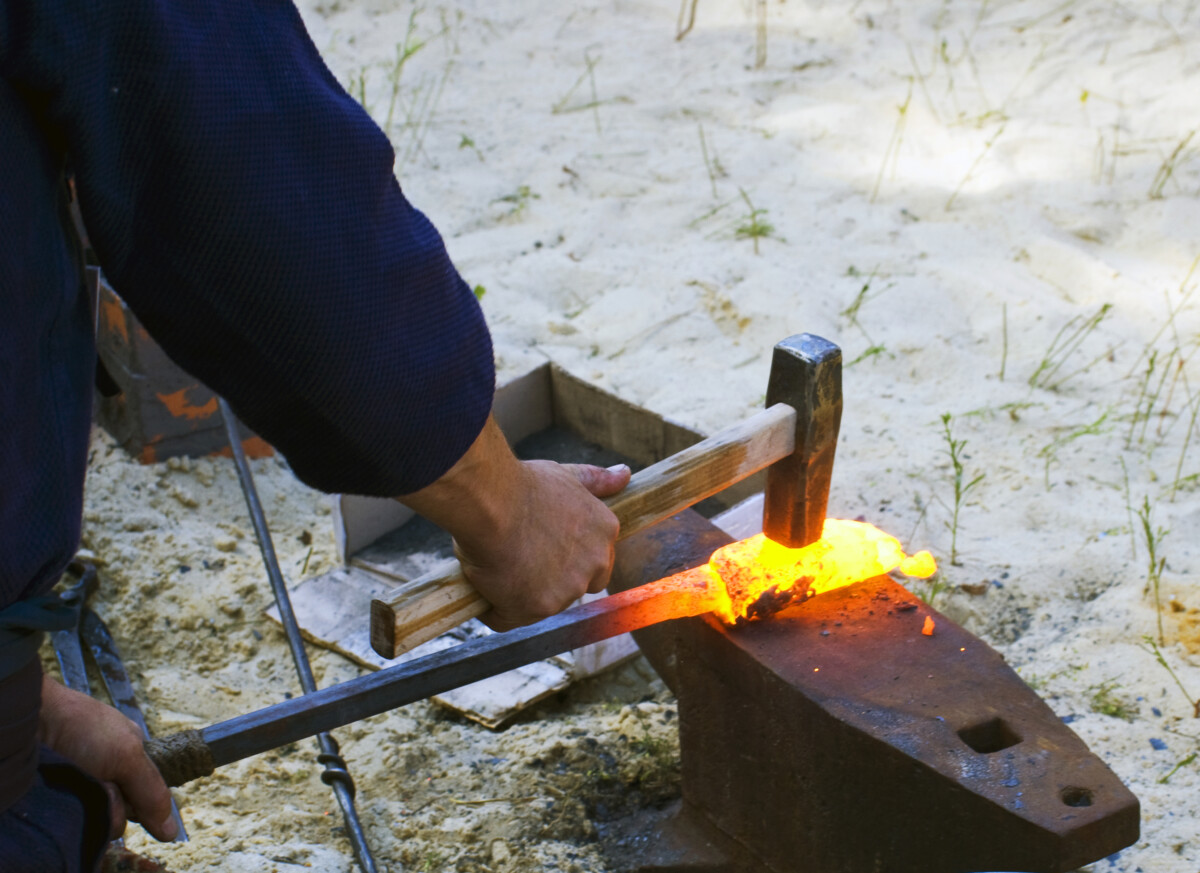
Budo Beat 2: Hyakuren Jitoku – The Way to Mastery Through Rote Repetition
The “Budo Beat” Blog features a random collection of short reflections, musings, and anecdotes on a wide range of budo topics by Professor Alex Bennett, a seasoned budo scholar and practitioner. Dive into digestible and diverse discussions on all things budo—from the philosophy and history to the practice and culture that shape the martial Way. Feel free to leave comments at the bottom.
I visited a dojo in a different town today, one I hadn’t been to before. As soon as I stepped inside, a magnificent calligraphy caught my eye, displaying the values upheld by the instructors there. The Japanese phrase 百錬自得 (Hyakuren Jitoku) was prominently displayed at the front, reminding members that there are no shortcuts on the path to mastery—only blood, sweat, and tears, along with relentless repetition, “tedium ad nauseam”!
Translating roughly to “self-attainment through a hundred practices”, Hyakuren Jitoku teaches that only through repeated, disciplined practice can one truly internalize a skill. Far beyond theoretical knowledge, this concept suggests that true proficiency requires, first and foremost, dedicated repetition until the skill becomes second nature.
Hyakuren Jitoku breaks down into “百” (hyaku) meaning “hundred,” “錬” (ren) for “refining” or “forging,” “自” (ji) meaning “self,” and “得” (toku) for “acquisition.” Thus, 百錬自得 illustrates the process of self-mastery through consistent effort, like a swordsmith forging a blade out of coarse iron through thousands of repeated strikes. While a hundred is symbolic rather than literal, it represents a LARGE number of repetitions, emphasizing the discipline needed to gain true skill and understanding.
In other words, if you’re looking to take an easy route somehow, then you’re only kidding yourself. In essence, Hyakuren Jitoku highlights that skills must be repeatedly practiced to fully assimilate them. This concept has ancient roots in Japanese culture, especially in traditional martial and performing arts.
Early martial arts practice, in particular, upheld Hyakuren Jitoku by focusing more on repetitive movements than on theoretical explanations. Students would perform hundreds of strikes, steps, and stances until they became reflexive, bypassing conscious thought. Through Hyakuren Jitoku, they didn’t just learn the movements; they “embodied” them, so their responses became instinctual.
This is still very much the case in all budo disciplines today. I remember once making the ‘mistake’ of asking my sensei how to do a particular technique, hoping he would break it down for me. His response: “Just shut and keep doing it. You’ll get it on your own eventually…” I don’t always necessarily agree with this teaching approach, but he was right…
It’s about instilling skill through physical memory rather than intellectual knowledge, although this is important too. In any case, according to this traditional methodology, the trainee’s stance, strikes, footwork, breathing etc. are drilled to the point that they no longer needed to think about each action. Instead, their body acts as if on autopilot, free to respond naturally without hesitation. By doing this, students achieve a form of “unconscious competence,” a state where actions are so deeply internalized that they emerge without conscious effort.
Of course, Hyakuren Jitoku applies beyond budo. In language learning, for instance, one may study vocabulary or grammar, but until these elements are practiced and repeated in conversation, they do not become part of one’s natural speech. OMG, when I think of the thousands upon thousands of hours I spent learning kanji! Of course, there are hacks to help you remember quicker, but you just can’t “embody” it without rote repetition. Similarly, a musician may understand chords and scales theoretically, yet it’s only through playing them repeatedly that their fingers and ears become fluent, allowing true musical expression.
In an era that often prizes shortcuts and rapid results, Hyakuren Jitoku serves, I think, as a reminder that proficiency/mastery cannot be rushed. Its message is particularly relevant today, when new skills are sought at breakneck speed, but deeper understanding and true fluency are sometimes neglected. Hyakuren Jitoku advocates for embracing repetition as a legitimate and necessary part of the learning process.
Actually, modern science has begun to echo the wisdom of Hyakuren Jitoku, with research in neuroscience suggesting that repetition strengthens neural pathways. With each repetition, a skill becomes more “wired” into the brain, making actions feel progressively more natural.
While Hyakuren Jitoku may suggest tedious repetition (let’s face it), there is also a profound satisfaction in its approach. Each cycle of practice is a step closer to genuine mastery. When progress feels slow or frustrating, Hyakuren Jitoku reminds us that the process itself is an invaluable part of the journey.
In recent years, I’ve started appreciating this teaching all the more. Now that I am in my fifties, I’ve discovered some truisms about the body. I knew it was coming but was still in denial, until recently. As you age, your body inevitably changes—strength wanes, speed slows, and flexibility may lessen. This natural progression demands constant adaptation of techniques, requiring you to refine and adjust your movements in ways that suit your evolving capabilities. In this way, Hyakuren Jitoku becomes a lifelong endeavor in keiko, a continual cycle of growth and adjustment. No matter how skilled you become at one point of your journey, there is always a need to keep practicing, as mastery is never static but evolves with each stage of life. This endless commitment to adaptation and refinement is what I think makes Hyakuren Jitoku such a profound and enduring practice. And, NOT JUST FOR NOVICES!
It challenges us to find purpose in each practice, to commit ourselves to the path of mastery, whatever that is, and to understand that through dedication, our efforts will transform from mere repetition to lasting skill. Moreover, embracing Hyakuren Jitoku is a commitment to perseverance, patience, and ultimately, personal growth. That’s the budo Way, I reckon.


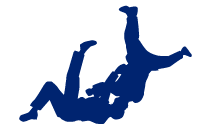

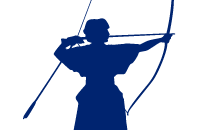
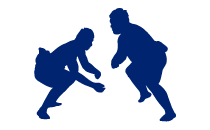
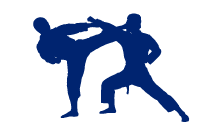

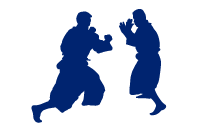
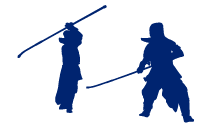
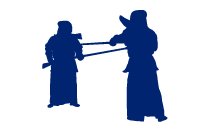

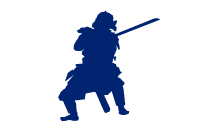
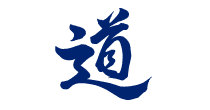
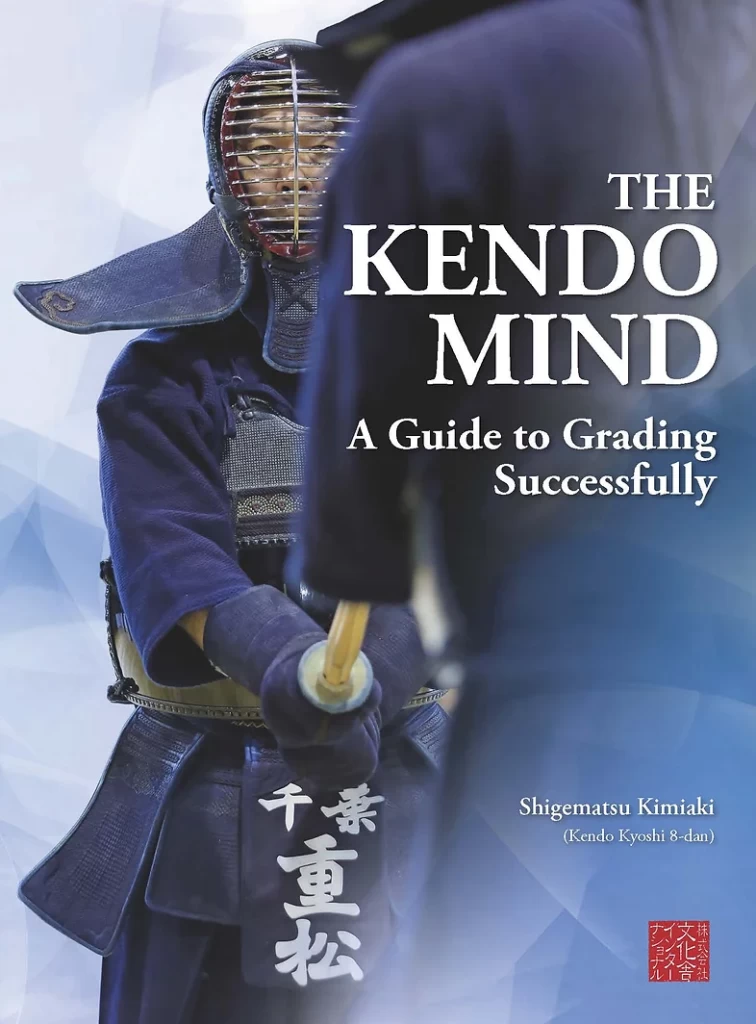
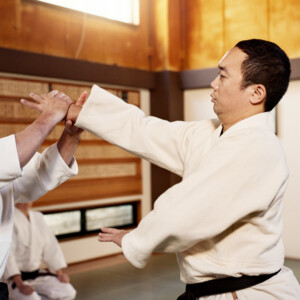
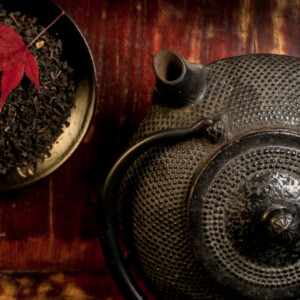


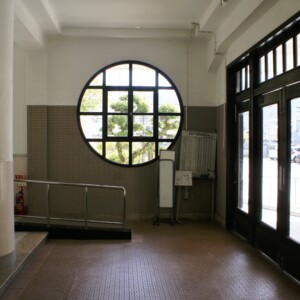
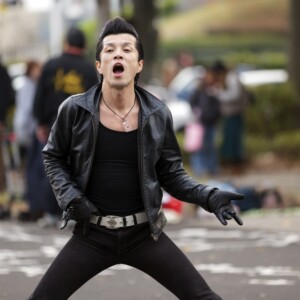
Great thoughts, i love it. I am much younger (early 40-tish), but I can relate with thoughts about aging and how everything in keiko changes with age.
Thank you for your comment Josip. It doesn’t get any easier 😉 But I can say, I’m doing better kendo in my fifties than I could ever do in my twenties or thirties.
Great insight, thank you as it resonates through all things. A great read and I really appreciate the writing. (mid 40 kendoka starting to notice the effects of age)
Thank’s Ross. The effects of age… Use it to your advantage and adapt. That’s what I’m trying to do. In my fifties now, and I have finally learned the importance of flexibility!